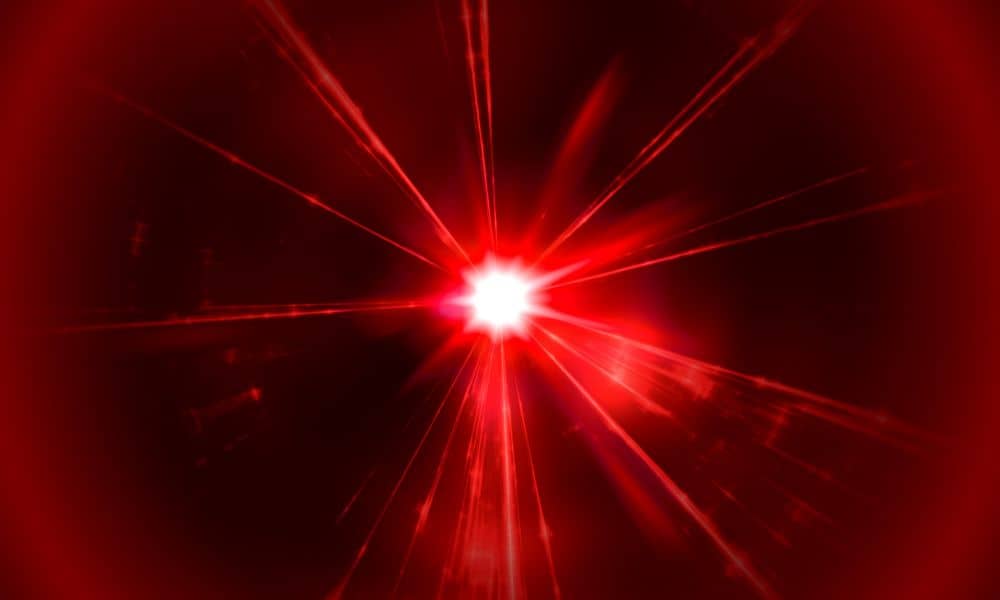
The universe is vast, and its exploration is challenging. Humanity has not developed light travel or safe ways to visit and study different planets and galaxies like they can our own Earth. However, incredible technological developments such as lasers have opened a world of possibilities for examining the universe from observatories, satellites, and space stations. Read on to learn how exactly lasers are helping teach us about the universe.
Adaptive Optics
Stars twinkle due to distortions in the Earth’s atmosphere, and while this twinkling is nice, it blurs the finer details of different celestial objects. Astronomers use adaptive optics and lasers to reduce this distortion on images taken with ground-based telescopes. In adaptive optics, lasers create an artificial star—known as a laser guide star (LGS)—in the Earth’s atmosphere where the telescope is pointing. By looking at multiple LGSs, astronomers can compensate for the blurring effect in real-time and take clear images of the universe. These adaptive optics corrections can occur up to 1000 times per second, allowing astronomers to take some of the clearest known pictures of the universe.
Frequency Combs
To answer many astronomy questions, researchers probe the expansion of the universe and Earth-sized exoplanets, and they need to measure the wavelength of their targets with careful precision. To do this, they use frequency combs, which are precise rulers made with laser technology. Frequency combs are lasers with a particular spectrum composed of evenly spaced lines. Astronomers use them as a reference against the light from other astronomical sources to determine which colors they see. Scientists generate these frequency combs using ultrashort laser pulses only a few femtoseconds long, and they synchronize these pulses with an ultraprecise atomic clock, ensuring no drifting in pulse timing.
Laser Interferometer Space Antenna (LISA)
One newer laser application still in the works with NASA is the Laser Interferometer Space Antenna (LISA), which scientists have designed to detect gravitational waves across the universe. These waves are difficult to measure on Earth as there is a limited distance researchers can place the lasers and sensors from each other. NASA plans to launch LISA in 2037, and the project’s scope is massive. Earth-based observatories measure waves with four km-long “arms.” In contrast, LISA’s “arms” are 2.5 million km long, allowing NASA to detect and understand gravitational waves better than ever.
Lasers teach us a lot about our universe, and many more applications are still in the works that will only deepen our understanding of the mysteries lying beyond our atmosphere. Lasers help uncover these mysteries, but their application is exact, and researchers need a lot of equipment to keep things running smoothly. At Arroyo Instruments, we supply a wide array of your laser equipment needs, such as temperature controllers (TEC), to guarantee that the readings you obtain are accurate and consistent!